Thank you Sofia and Bozhena for your help!


Thank you Sofia and Bozhena for your help!


Tonight during our weekly house assembly we were covering the topic of the Wildlife Expedition. Thank you to our student Rei for this interesting presentation and video.
Operation Wallacea – Schools Expeditions – YouTube






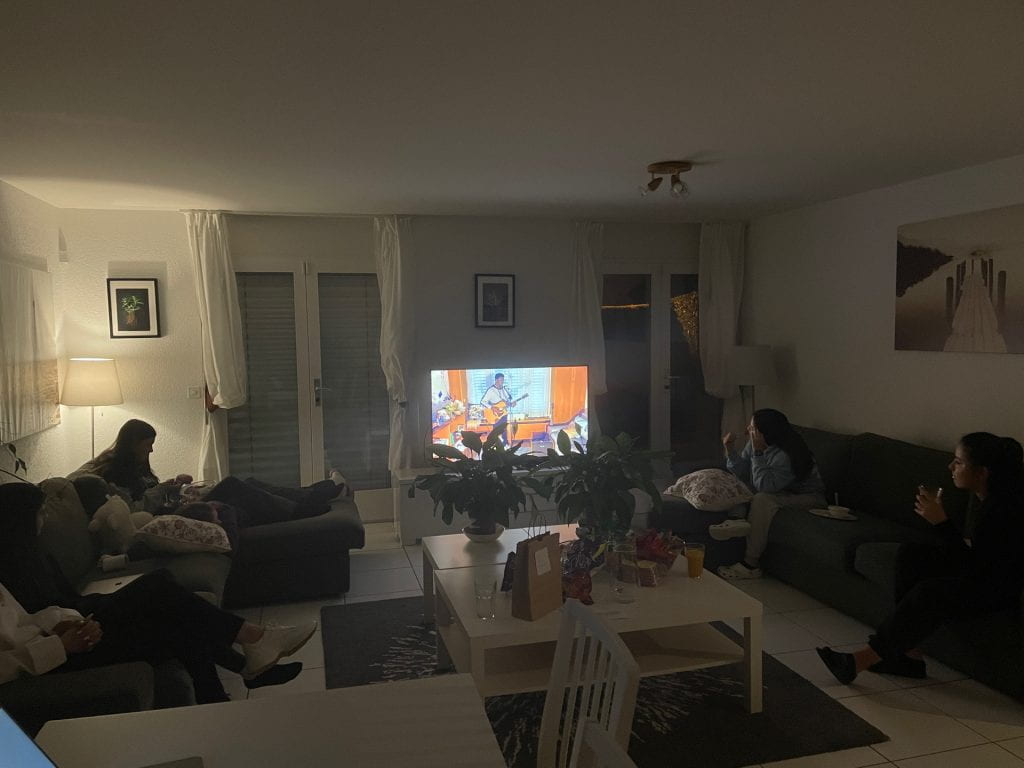














We had a fantastic weekend up in Crans Montana. The whole boarding community went together to have a Swiss Alp experience. The snowfall was wonderful and they all had a great time. We stayed in La Moubra. The students had a choice of skiing, snowboarding or staying at camp and doing activities. It was a great experience. The conditions were excellent for experienced and beginner skiers.
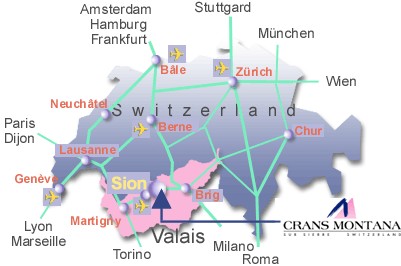






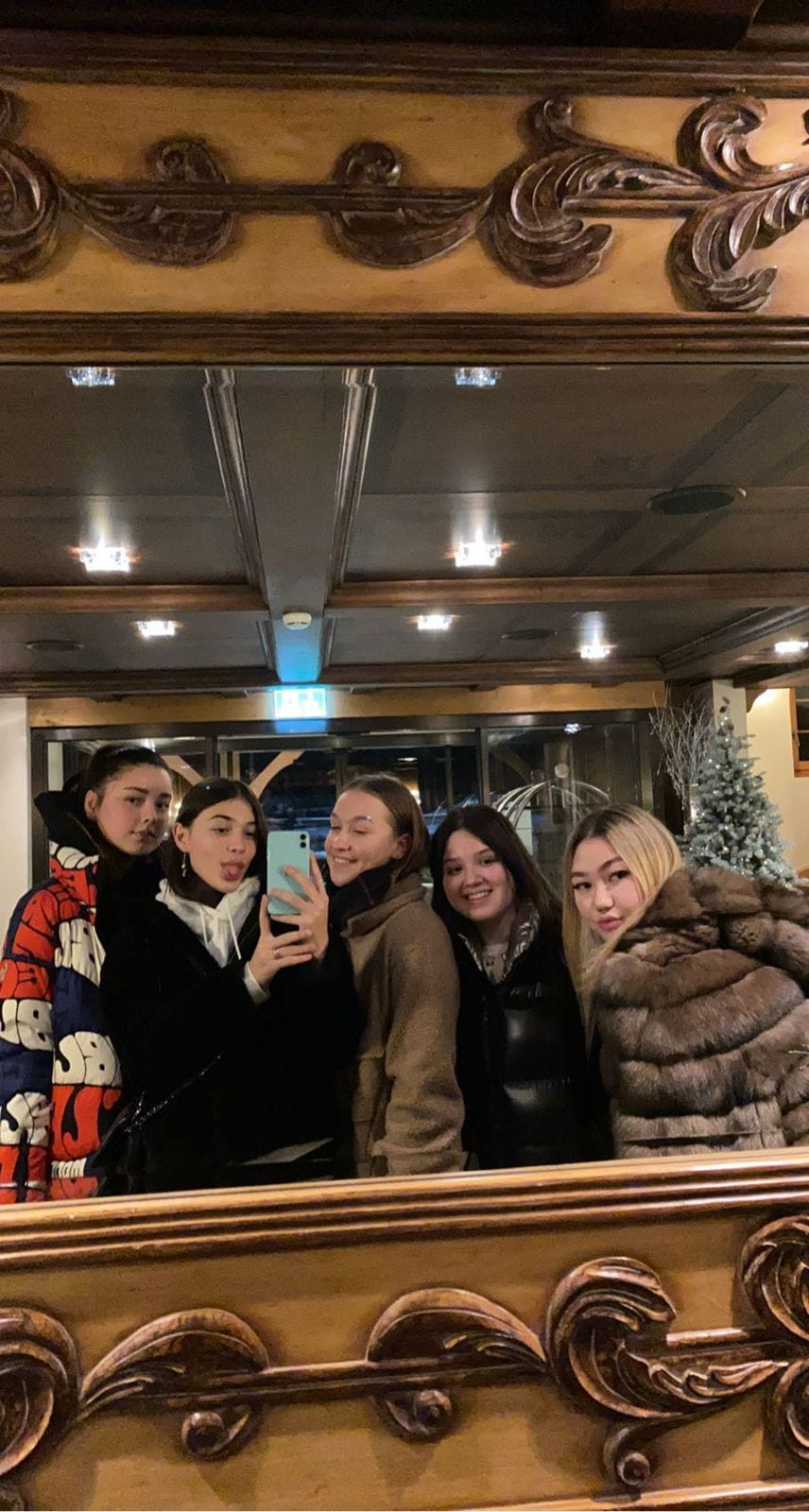













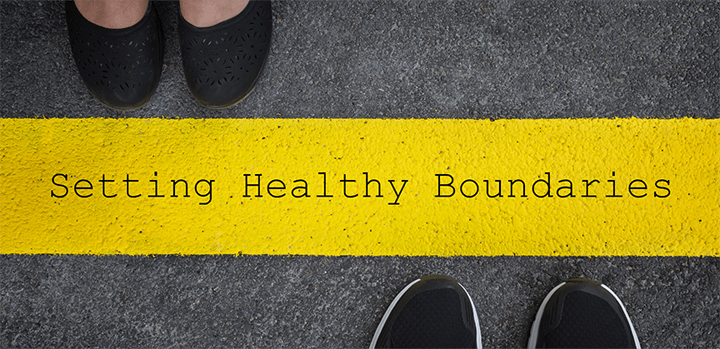
Following our well-being program Pillar 3, tonight, during our weekly house assembly we discussed Boundaries, and why is this so important in building positive relationships.?
Setting boundaries is an important part of establishing one’s identity and is crucial for mental health and well-being. Setting healthy boundaries can have many benefits, including helping people make decisions based on what is best for them, not just the people around them. This autonomy is an important part of self-care. Healthy boundaries are a crucial component of self-care.
Boundaries can be described as how emotionally close you let people get to you. They are also where you draw the line within a relationship. They say how much you are willing to give or take before requiring that things change or deciding to call it quits. …
Boundaries are one of the measures of relationship health.
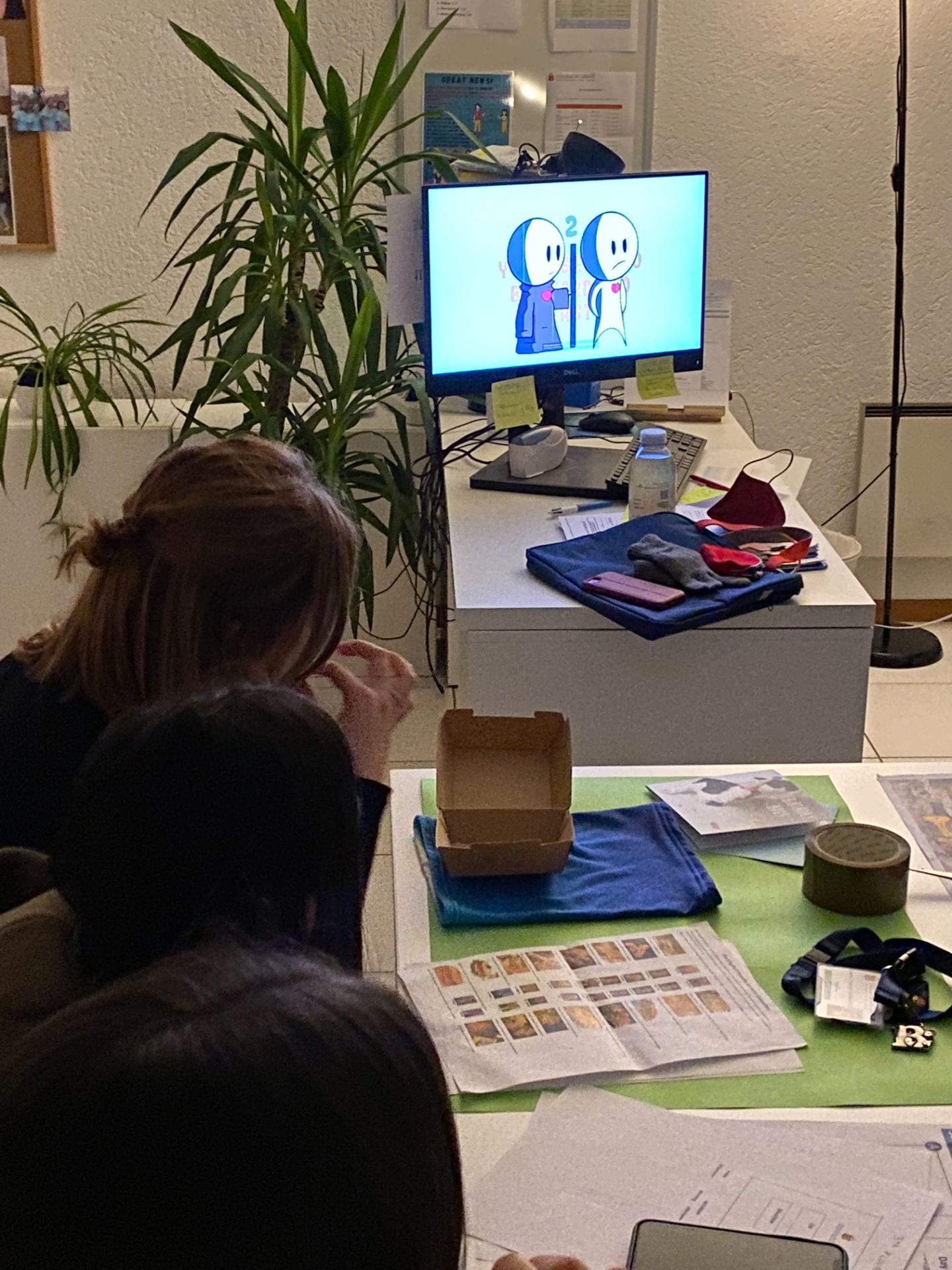
We also watched this interesting video about how we can set healthy boundaries with toxic people.


